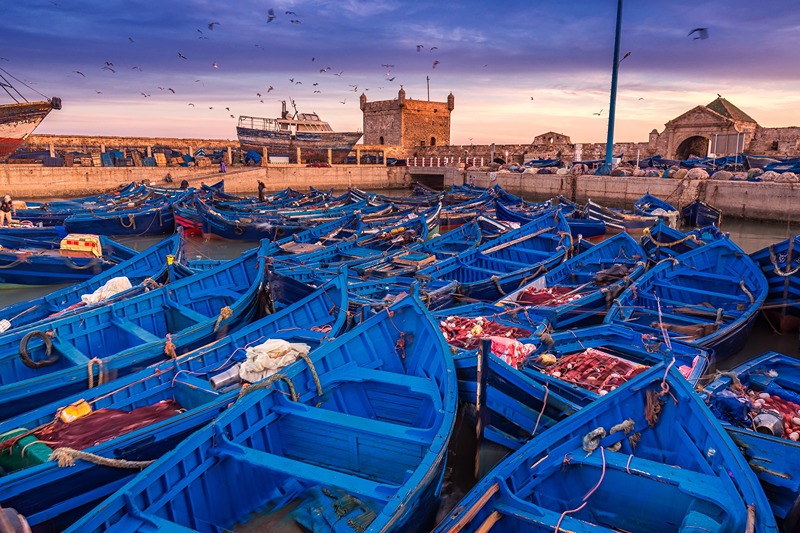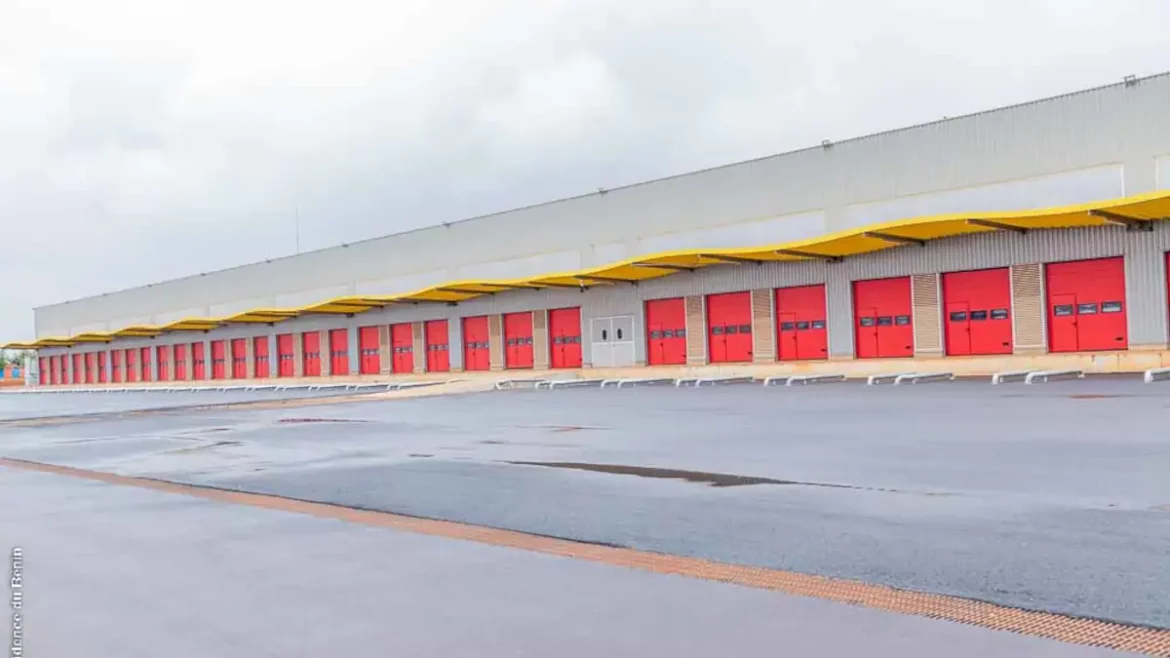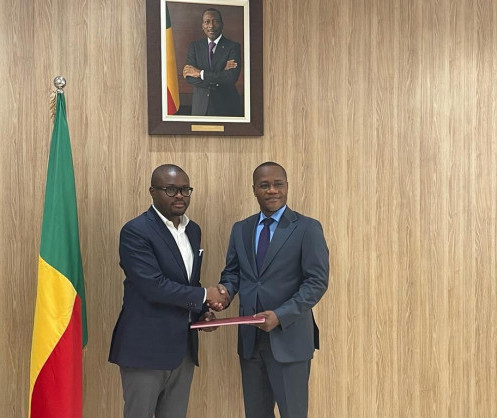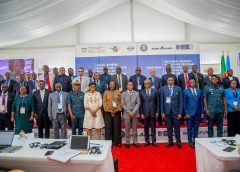Morocco is becoming an increasingly serious option in the search for diversified maritime outlets for the three AES countries. These nations have already taken steps in that direction.
Moroccan ports could enter the ongoing port competition in West Africa for transit traffic bound for Niger, Mali, and Burkina Faso—three landlocked countries seeking new maritime gateways, particularly following a period of diplomatic tensions with their traditional trade partners within the regional economic community (such as Côte d’Ivoire and Benin).
Access to Morocco’s Atlantic ports was at the center of discussions between the Cherifian Kingdom and a delegation that included the foreign ministers of the three AES countries. This prospect, first raised in 2023, is seen by some analysts as a factor that could reshape the current map of the Sahel’s maritime trade ecosystem.
A Game-Changing Option
These three countries form the regional hinterland for West Africa’s coastal ports. They are also major clients of several platforms in the region, accounting for a significant share of annual traffic. According to official data, nearly one-third of the traffic at the Port of Cotonou was headed for Niger before the diplomatic fallout with ECOWAS, which led to the closure of borders and the blocking of commercial flows.
More than 80% of transit traffic at the Port of Lomé is destined for Burkina Faso, which is also a key client of the ports of Abidjan (Côte d’Ivoire) and Tema (Ghana). The port of Dakar, for its part, handles most of the transit volumes to Mali.
The often complex interactions within this geo-economic web reflect the intensifying competition among ports, all of which have seen massive investments in recent years to expand capacity, complemented by road and infrastructure projects aimed at easing logistical constraints. Morocco’s entry into this race could further fragment the market.
Morocco’s Advantages
With the Tanger Med port complex, regarded as the most efficient in Africa, Morocco already serves as a key hub for global maritime trade giants operating along the continent’s west coast. The kingdom also boasts both private and state-owned companies capable of providing cabotage and regional shipping services to neighboring ports.
Thanks to its many secondary ports and diversified logistics facilities, Morocco could offer significant logistical services for transshipped volumes destined for various outlets. However, a faster pace of traffic would require additional investment to further expand capacity.
Geographical and Security Constraints
Geographically, freight routes between Morocco and the three AES countries face two scenarios. The first involves passing through Western Sahara—a separatist region under Moroccan control—on the way to Mali. The second scenario envisions direct docking at Mauritanian ports.
For shipments to Burkina Faso and especially Niger, the route would likely be longer due to the need to transit through Mali. This option, beyond adding logistical burdens, also carries security risks due to the presence of terrorist groups in some regions.
Source : Agence Ecofin






